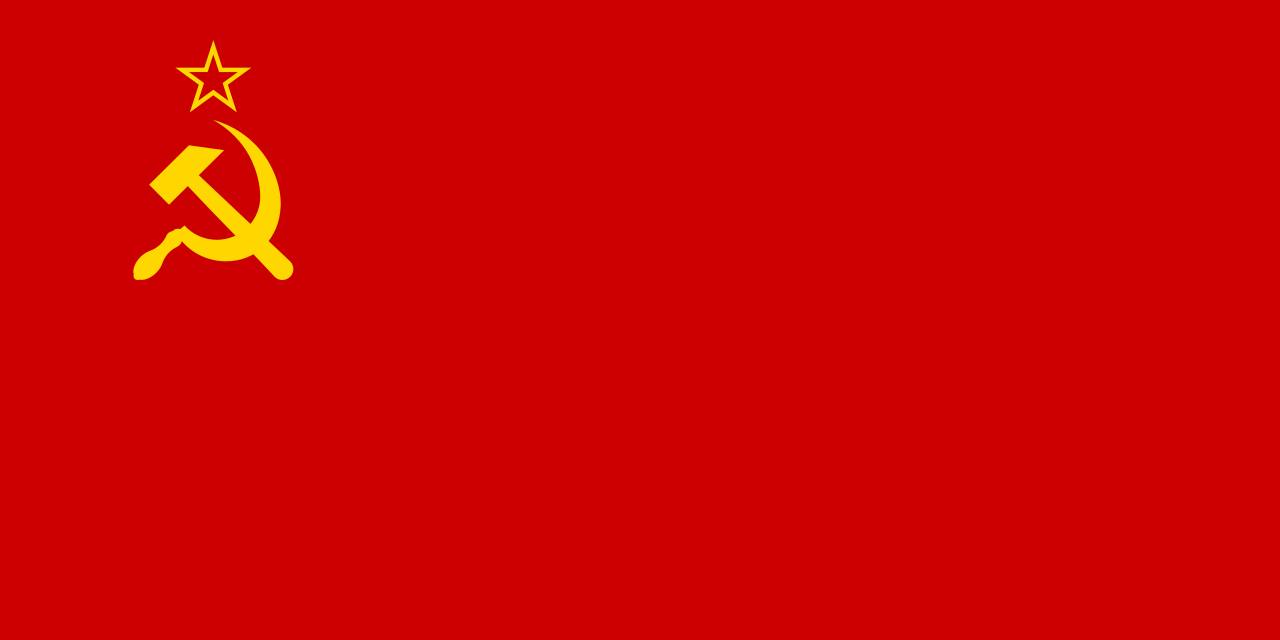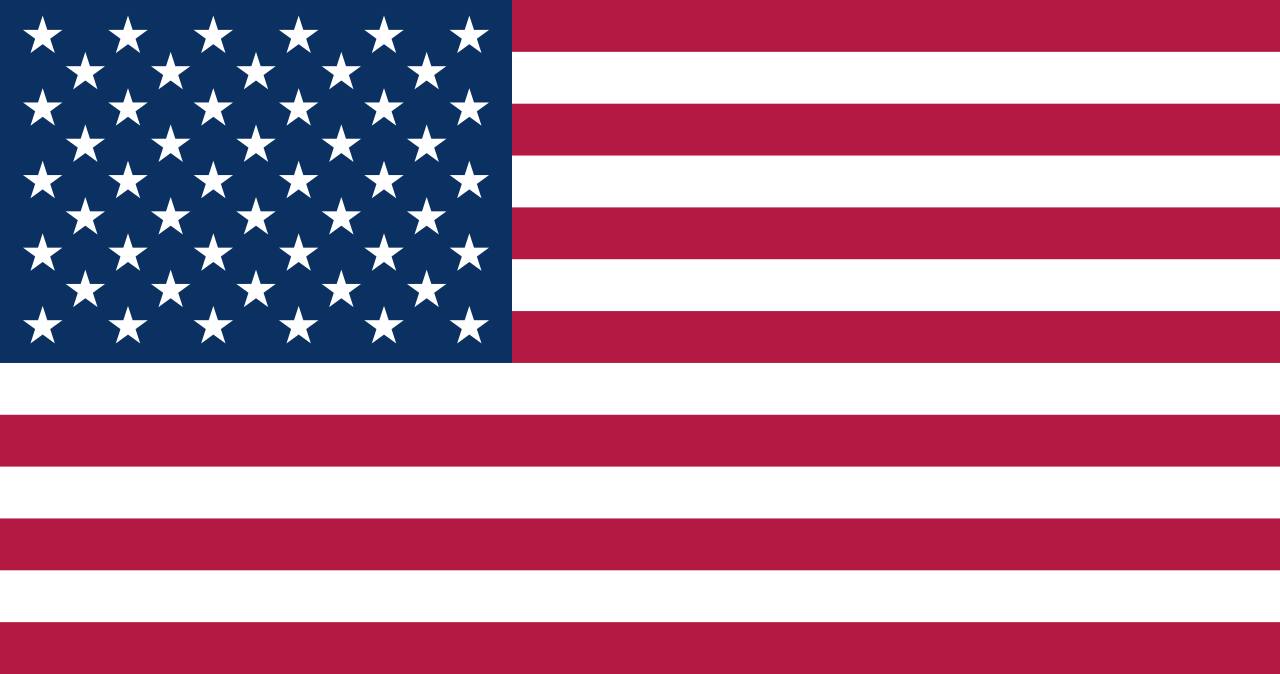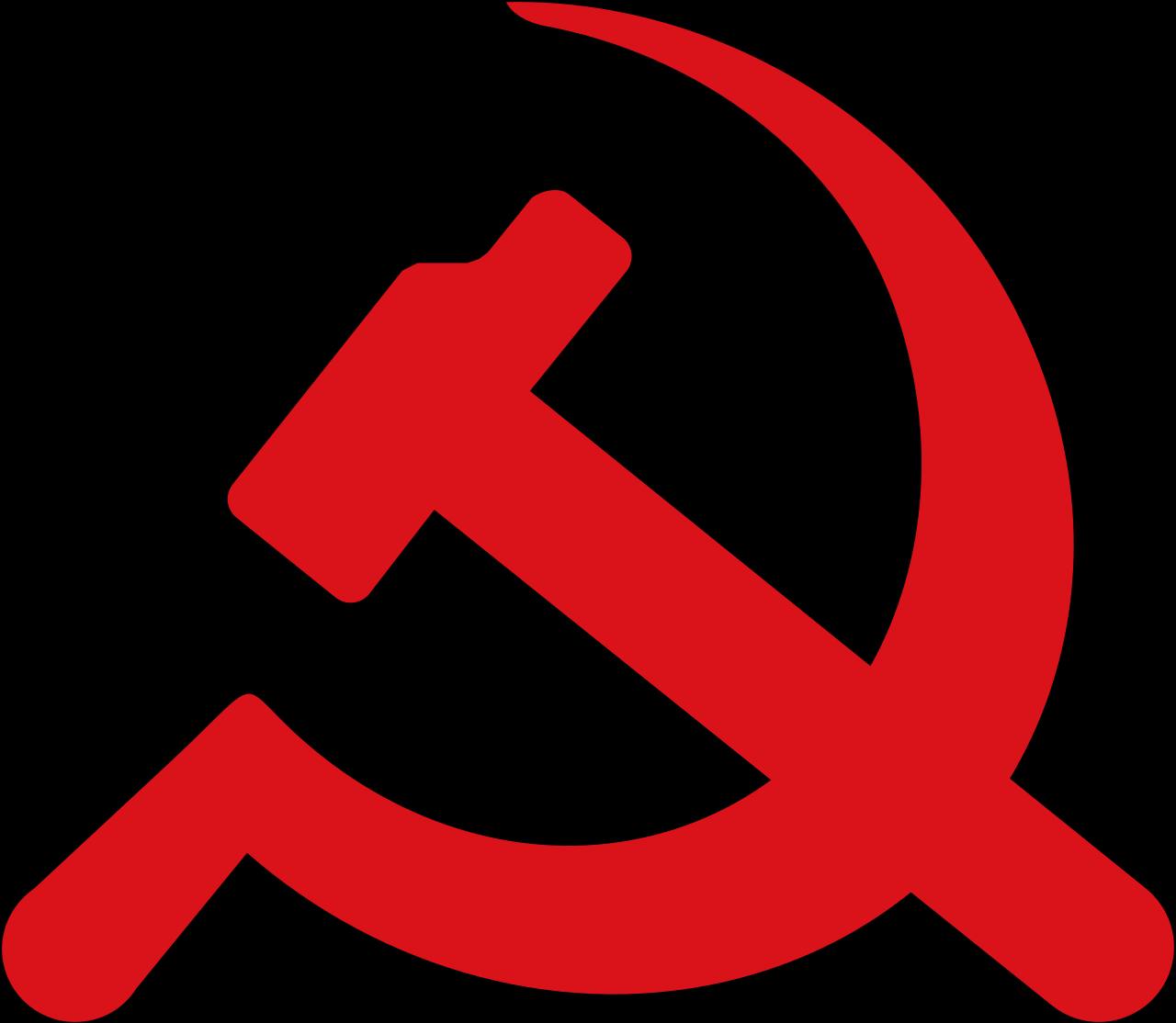If you have ever seethe movie The Killing Fields, you will know that the Khmer Rouge kicked the USSR out of what would become Democratic Kampuchea. Why though did this happen if they were both communist and what exactly was the relationship between the Khmer Rouge and the Soviet Union?
Initially and from their formation until going into government they can be described as stash allies. This though would move into a policy of bitter enemies both during Democratic Kampuchea and right up until the last Khmer Rouge state.
Early relations between the Khmer Rouge and the Soviet Union
Prior to the Sino-Soviet split one can basically describe pretty much every communist movement in the world, aside from Trotskyists as being subservient to the USSR.
And this was the case with what would become known as the Khmer Rouge. The problem here though is that the phrase Khmer Rouge was itself a nickname given by King Sihanouk. This raises the question of exactly when they stopped being regular communist and instead the Khmer Rouge.
One can though say that the early days of communism within Cambodia under the Indochinese Communist Party, the Khmer Isarak and the Kampuchean Peoples Revolutionary Party were all under the Soviet yoke. Said influence though was largely provided via their allies in both Vietnam and China.
The Khmer Rouge and the Sino-Soviet split
In 1960 the Peoples Revolutionary Party of Kampuchea became the Workers Party of Kampuchea and over time became closer to the Peoples Republic of China than the USSR.
This through would not cause any really problems or difficulties as much with Vietnam, both China and the Soviets still supported the communists over the capitalists. This meant that both Vietnam and Cambodia during this period both stood in the middle of the Sino-Soviet split.
During this period though the central committee of what would become at Chinese behest the Communist Party of Kampuchea were becoming more and more influence by Maoism.

China and Democratic Kampuchea
Despite the fall of Saigon and the fall of Phnom Penh coming at almost the same time, so would the decline of these two allies relationship.
Vietnam almost immediately was supported by the USSR, while Democratic Kampuchea was heavily supported by China. Initially this did not look like it would be a particular problem, before Pol Pot and the rest of the Cercele Marxiste became more and more anti-Vietnamese.
This would eventually lead to Vietnam invading Cambodia, with support of the USSR. To the surprise of Pol Pot China did not manage Vietnam directly. Instead they launched the punitive China-Vietnam war and become more anti-Sob=viet in rhetoric.
Ironically this initially meant a China which had all but reintroduced capitalism supporting the heavily Maoist Khmer Rouge. Although officially at least they had changed their name to the Party of Democratic Kampuchea.
The Khmer Rouge and the Soviet Union – ideological divide
While the Khmer Rouge ideology can be best described as unique, they no doubt followed the Chinese position in the Sino-Soviet split. This meant they felt that not only had capitalism been restored in the Soviet Union, but they were also extremely anti-revisionist.
Official statements from the Khmer Rouge also called the Soviet Union a dangerous colonial power, with the later rebellion against the Vietnamese, also being one against their supporters the USSR. This extremely telling helps explain why peace could not be achieved in any way until the fall of the Soviet Union in 1991.
Of course the Khmer Rouge, with some support from China would continue ins some shape or form until the 1998 capture of Ta Mok. Khmer Rouge and Soviet Union




